Steph W. from SEOPressor


...help you check your website and tell you exactly how to rank higher?


83
score %
SEO Score

Found us from search engine?
We rank high, you can too.
SEOPressor helps you to optimize your on-page SEO for higher & improved search ranking.
By vivian on March 29, 2017
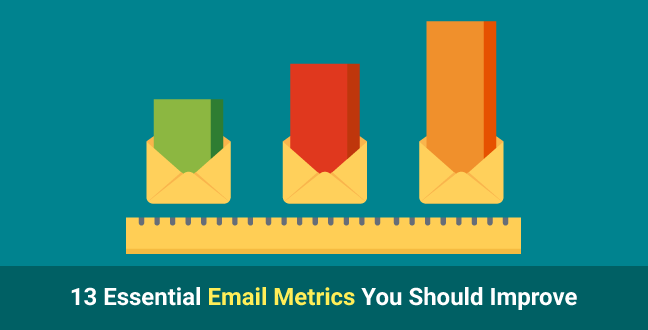
Email marketing is the staple of any online business, but not every business gets it right. Because email marketing has such huge potential, it’s easy for you to enjoy some success and think that everything is going well. In fact, you could be missing out on 90% of that potential.
In order to be successful in any form of marketing, you must always go back to the data. The scientific method has given us every major technological advancement of the past two hundred years, and its principles are as important to more nebulous things like marketing. Results have to be observable, measurable and repeatable.
[bof_display_offer id=8423]
Analyzing data gives you an idea of what effect your marketing is having, and enables you to see where it could be stronger to help you achieve your business goals.
But what data are we analysing? In this blog, I’m going to outline a series of factors across the two most important dimensions of email marketing: email metrics, and subscriber metrics.
Understanding, observing and measuring these statistics is the key to knowing what to improve to create more business. I’ll break each factor down according to what it is, how to measure it, and how to improve its performance.
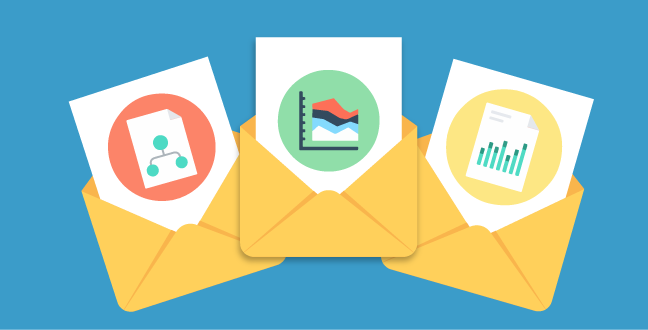
These stats deals with the rates related to each email sent. The values can be totaled up and averaged to get the rough idea of how your email marketing campaign are performing.
The following are a series of ‘rates’ that give you an idea as to the frequency of different occurrences, some we want to maximize and some we want to minimize. By doing so, we optimize our email campaigns for best success.
The open rate is a percentage formed from the number of people that have opened the email out of all the recipients who were sent a copy. If you think about your own email, you’ll often delete a promotional email without reading it. You don’t want people doing this to your emails.
Most email marketing platforms include open-rate tracking as standard. It’s one of the fundamental building blocks of analytics, so if your platform doesn’t include it that’s an immediate red flag.
MailChimp goes one further and provides information on the benchmark open rates for a wide range of industries including B2B email open rates, so individuals can see how they are performing relative to others in their sphere. This will quickly give you a litmus as to how your campaigns are performing.
The open-rate is considered to be affected by three key factors, all of which you’ll want to nail in order to maximize open rates.
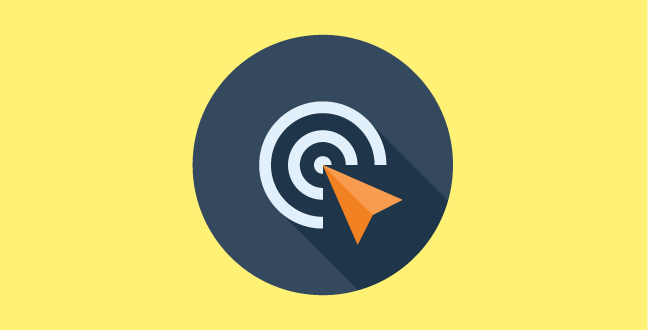
The Email Click Through Rate is the rate at which people click on links inside of an email. Broadly, if people are clicking links inside your emails, it means your content has convinced them to enquire further, which means you have gotten them out of their inbox and onto your website, a step closer to closing the deal.
As with open rate, click-through rate should be a standard measurement in your email client analytics. As with open rate, MailChimp offer industry standards against which to compare the average email click through rate. Similarly, the higher the numbers are, the better your emails are performing.
Optimizing for click-through rates is a little more nuanced than open-rates, but no less important. The key factors affecting your CTR are:
Check out more effective ways here that will help you improve your Email Click-through rate.

The unsubscribe rate shows you how many people have unsubscribed from your email list as a consequence of an email you’ve sent. Because each email has the option to unsubscribe built in, it’s possible to see which emails have been particularly unpopular.
How to calculate unsubscribe rate is usually not a problem as this is one of the standard analytics included in most email packages. Similarly, you can compare it to industry standards. That said, you should experience a very low rate of unsubscribes – usually around 1%. If you are regularly above this figure, you’re in trouble.
Your aim should always be to minimize the number of unsubscribes you get. Doing so relies on several variables, all of which are best practices for email marketing anyway – it’s better to think of this as improving your marketing rather than reducing unsubscribes. That will happen as a consequence.
Your bounce rate tells you the number of targeted recipients who are not receiving your emails. These can be categorized in one of two ways:
As with all our variables so far, a bounce rate tracker should be included in your email marketing platform and should be reported for each delivery individually.
Reducing your bounce rates is more about controlling the quality of your leads in the first place. There are several strategies to ensure you are only accruing the best quality leads:
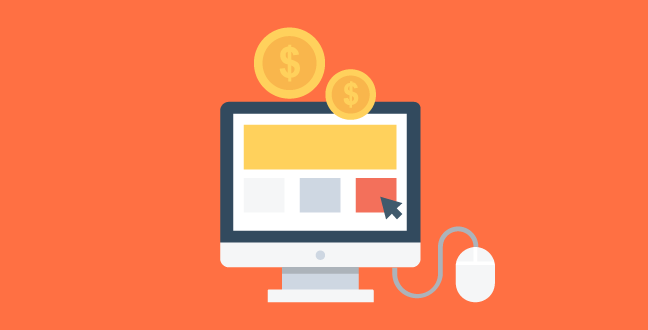
This is one of the most important aspects of email performance. For any email that is driving toward sales, understanding your earnings per email is essential. It takes the total amount of sales made and compares it to the number of click-throughs from your emails and the total number of emails sent to give you an estimate.
Thankfully this feature is starting to be added to major email marketing tools, though it is almost always in the premium features of a freemium service like Mail Chimp. It tracks click-throughs and you can use a plug-in on the website to track sales, and combine the data. This allows you to see what effect your email is having on sales.
There are several steps you can take to improve your earnings per click, the biggest of which being:
Delivery rate tracks the percentage of all emails successfully sent out, irrespective of whether or not they are received. This should be 100% of course, but in actual fact it rarely is. That said, major email marketing service providers like Aweber average a 99% rate, which is actually far better than desktop-based software.
Delivery rate is not commonly shown by email marketing service providers (possibly to manage customer expectation). Fortunately however, you can independently track how your service provider is performing by using a third party email analytics software like ReturnPath.
Delivery rates depend primarily on the reputation of the delivery server. When choosing a provider, always remember to:
Most inboxes now have strata to help their users filter through the messages they receive. These can include low and high priority mailboxes, spam mailboxes, as well as inboxes for promotions and social media.
Most email providers will show you the final destination of your email, so you can see which inboxes your mail is being delivered to, and compare the proportions. You should always aim for as many of your emails as possible to be delivered to the primary inbox, preferably with high priority.
In order to maximize the amount of emails landing in the primary inbox, you can enact a few different strategies:
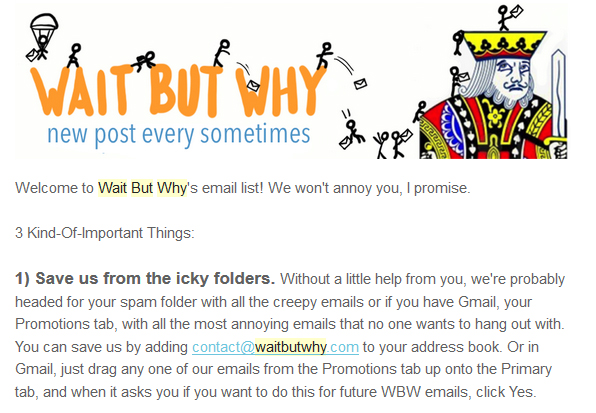
The complaint or abuse rate describes how many people are reporting your email as spam. This is different to an spam detection algorithm assigning your email as spam and is treated much more seriously. If your emails generate complains, you jeopardize your reputation and by extension, your delivery rate.
Fortunately, because complaint rates are treated so seriously, every major email client will make it easy for you to find it. There are also industry benchmarks as with other variables, so you know when you’re performing better or worse than the average.
You can reduce your complaint rate in a number of ways, and it’s worth trying to do as many of these as possible:
This describes the rate at which people forwarded your emails to their own lists.
Forward rate tracking is a less commonly produced metric with service provides, but there are those that do. Alternatively, you can put a tracked-forward link in your email, which will show when it has been clicked from an inbox you haven’t sent it to. Benchmark Email will do this for you.
Unlike many of the things on this list, where our primary aim has been damage limitation, forward rate improvement can yield seriously positive results for your business. As such, it’s something you should nurture.
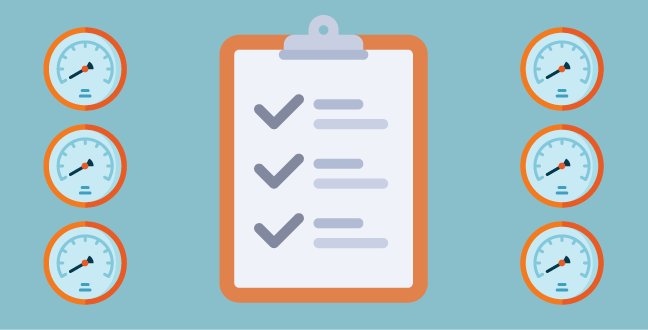
Now we’ve covered all the major rates that affect the success of your individual emails, it’s time to take a broader, more strategic view. This means cultivating not just each email, but your audience as a whole. To do this, you need to pay attention to the list statistics. These will give you the information you need to grow your business.
This keeps track of how many new subscribers are added on a daily, weekly or monthly basis depending on your tracking.
Growth rate is another of the standard stats you’ll find from most email client providers.
Improving your growth rate is mostly dependent on your creating more ‘inlets’ for users to subscribe through:
Churn Rate is the number of net growth of subscribers, after deducting your unsubscribes. As such, it’s a valuable measure of how your audience is really growing in response to your marketing efforts. This is reflected by your final subscriber size.
Subscriber size is a simple measure included in all clients. Churn rate may be included by some, but is easily discovered by simply deducting your unsubscribes from your new subscribers for the month to give you an adjusted growth rate.
The bigger your subscriber list, the valuable and the more costly it is. To ensure you get maximum ROI, you want to:
Most subscribers will come from people visiting your site. Email marketing conversion rate is calculated based on the number of people subscribing compared to the total traffic on your site
If you have traffic analytics on your site, you can see how many of the total visitors you have converted into subscribers.
You can compare the numbers directly or you can use email conversion rate formula of individual opt-in forms.
Most of the methodologies we’ve already covered in other areas. As a reminder, these are:
ROI is how much money you’re getting back from the investment you make in email marketing. Take the amount of revenue generated by emails, subtract the cost of paying for your email provider, the time spent writing emails and managing them, and that’s your ROI.
Many email marketing platforms have “Set Goals” which allows you to track purchases made by email subscribers to deliver a good reflection of your ROI on a campaign by campaign basis. You can compound this data yourself for quarterly reports and so forth to get a longer-term view.
By following every single piece of advice I’ve given you so far in this article, and by paying particular attention to increasing your earnings per click rate and minimizing your running costs by clearing our dead or disengaged emails. Make every subscriber count.
You now have all the major Email Marketing KPIs, a definition of what they are, how you can track them, and what you can do to improve them. All that remains is to go forth and do it for real. If it feels overwhelming, don’t worry: start with a few most relevant to your current business objectives and build from there.
Any KPIs you think we’ve missed? Throw them in the comments below! Similarly, if you have any strategies for improvement we haven’t mentioned here, be sure to put them in the comments section so everyone can benefit!
Related Links:
Updated: 12 July 2025


Save thousands of dollars (it’s 100x cheaper)

Zero risk of Google penalty (it’s Google-approved)

Boost your rankings (proven by case studies)
Rank High With This Link Strategy
Precise, Simplified, Fast Internal Linking.
